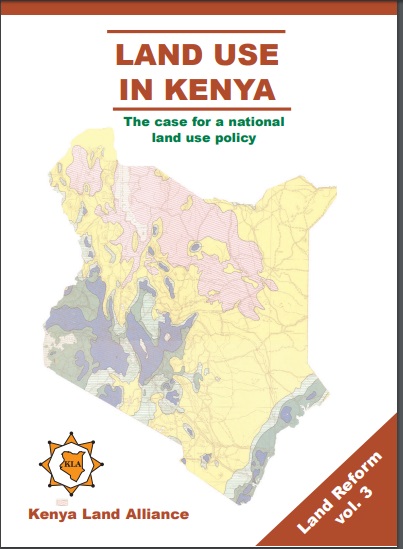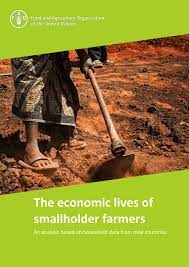On The Land We Live - A film about land reform in Myanmar (video)
Documentary by the Land Core Group Myanmar, where 70% of the Myanmar population are smallholder farmers, about the challenges faced by poor farmers from land grabbing and land dispossession in rural Myanmar...Interviews with land activists and dispossessed farmers in different parts of the country... sections on: resistance to land-grabbing; Myanmar land law and policies (where customary tenure and women's land rights are not explicitly recognised); efficiency of smallholder practice...







